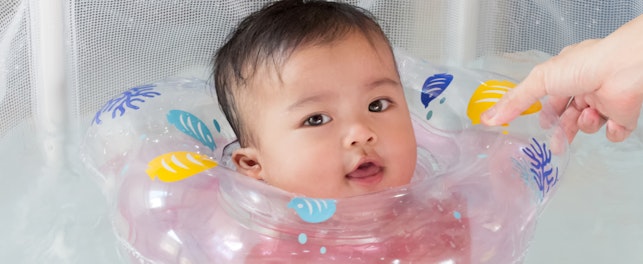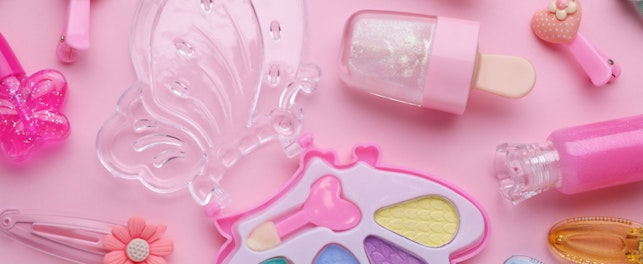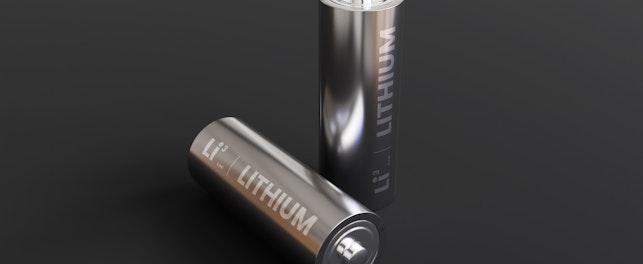Ukraine has further aligned its chemical safety on toys with those in the European Union (EU). The amendment will become effective on October 3, 2021.
In 2018, Ukraine published Resolution 151 of February 28 on ‘Technical Regulations on the Safety of Toys, a piece of legislation where the safety requirements are essentially similar to those in Directive 2009/48/EC in the EU (Toy Safety Directive, TSD, consolidated to November 2019).
On April 3, 2021 Ukraine published Resolution No. 282 of March 31, 2021 to amend its ‘Technical Regulations on the Safety of Toys’. The latest amendment further aligns the chemical requirements with those in the TSD.
The new law contains, inter alia, several important changes. It:
- Strengthens the migration of aluminum 2.5-fold for all three categories of toy materials
- Strengthens the migration of chromium (VI) approximately 4-fold for category III toy materials
- Adds three levels of requirements for formaldehyde (migration, emission and content) in toys for children under 36 months or in other toys intended to be placed in the mouth:
- ≤ 1.5 mg/l for formaldehyde migration in polymeric materials
- ≤ 0.1 ml/m³ for formaldehyde emission in resin -bonded wood
- ≤ 30 mg/kg for formaldehyde content in each of textile, leather and paper materials
- ≤ 10 mg/kg for formaldehyde content in water-based toys
- Made editorial changes for better clarity
Highlights of the migration limits for aluminum and chromium (VI) between Resolution No 151 of 2018 and the latest amendment are summarized in Table 1.
| Point 25 to Table 3 IN Annex 2 of ‘Technical Regulations on the Safety of Toys’ Migration Limits for Aluminum and Chromium (VI) (Toy Material) | ||
|---|---|---|
| Soluble element | Resolution No. 282 of March 31, 2021 amending Resolution No. 151 of 28 February 2018 | Resolution No. 151 of 28 February 2018 |
| Aluminum | 2,250 mg/kg (category I) 560 mg/kg (category II) 28,130 mg/kg (category III) | 5,625 mg/kg (category I) 1,406 mg/kg (category II) 70,000 mg/kg (category III) |
| Chromium (VI) | 0.053 mg/kg (category III) | 0.2 mg/kg (category III) |
| Effective Date | October 3, 2021 | In force |
Table 1
Definitions and examples of toy materials
| Toy Material | Example |
|---|---|
| Category I: Dry, brittle, powder-like or pliable |
|
| Category II: Liquid or sticky toy |
|
| Category III: Scraped-off |
|
SGS offers a wide range of services to ensure that your products comply with the EU Toy Safety Directive. We offer training, safety/risk assessment, technical documentation check, labelling review, testing according to harmonized standards, SVHC screening, inspections and audits. We operate the world’s largest network of toy experts and testing facilities – around 20 toy laboratories worldwide, including 3 EU Notified Bodies (France, Germany and Netherlands). In the end, it’s only trusted because it’s tested. Contact us for more information or visit our website.
For enquiries, please contact:
Hingwo Tsang
Global Information and Innovation Manager
t: (+852) 2774 7420
© SGS Group Management SA - 2021 - All rights reserved - SGS is a registered trademark of SGS Group Management SA. This is a publication of SGS, except for 3rd parties’ contents submitted or licensed for use by SGS. SGS neither endorses nor disapproves said 3rd parties contents. This publication is intended to provide technical information and shall not be considered an exhaustive treatment of any subject treated. It is strictly educational and does not replace any legal requirements or applicable regulations. It is not intended to constitute consulting or professional advice. The information contained herein is provided “as is” and SGS does not warrant that it will be error-free or will meet any particular criteria of performance or quality. Do not quote or refer any information herein without SGS’s prior written consent.



